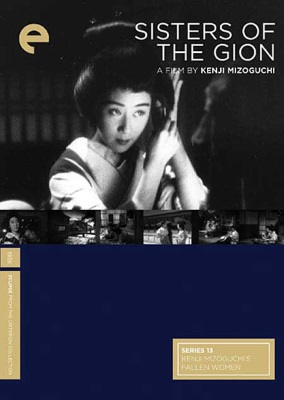Sisters of the Gion
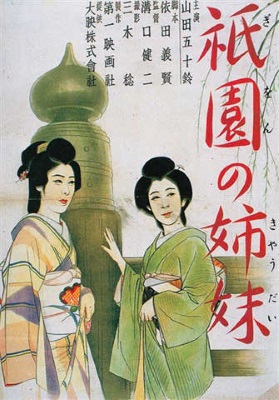
Director: Kenji Mizoguchi
Year:
1936
Rating: 7.5
Director
Kenji Mizoguchi said that 1936 was a turning point for him cinematically.
He had been directing films since the early 1920's (most of them lost) but
had just finally moved away from silent films to talkies with this one and
Osaka Elegy. He has come to be classed in the same category as Ozu and Kurosawa
as the top three great Japanese directors of the Golden Age. This film utilizes
themes that Mizoguchi would go back to often. That of society and men repressing
and exploiting females - and having the film set among geishas or prostitutes.
This came right out of his own life. He was brought up in very poor circumstances
- his father's store went bankrupt as does one of the characters here - and
they sold their daughter into the floating world - the Pleasure Gardens -
to be trained as a geisha. When she grew up and acquired a patron, she helped
finance her brother's schooling. Mizoguchi in his early twenties was to spend
considerable time frequenting geisha houses and bars. So, he knew this world
when he filmed stories of it. The men, the women, the interactions, the drinking
and the misery of many of the women.
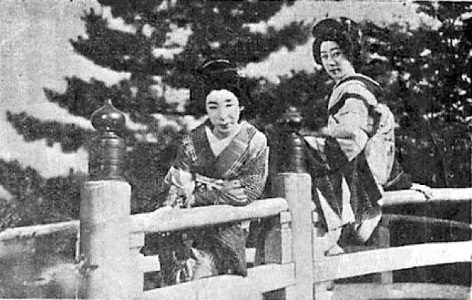
In 1936 Japan like everywhere was in the
middle of the Depression and times were tough for many people. The story
takes place in Gion, a neighborhood famous at the time for its many geisha
houses in Kyoto. The film begins with a tracking shot of men bidding for
furniture and other items at an auction. The camera finally arrives at a
group of people who are having to auction all of their possessions off because
Furusawa's dry cleaning business has gone broke. As has he. His wife complains
that it is humiliating that she has to go back to the small town with nothing.
Furusawa (Benkei Shiganoya) tells her to get lost and goes to stay with Umekichi
(Yôko Umemura), a geisha who lives in her small rambling bar-home that
she shares with her sister O-Mocha (Isuzu Yamada) who is also a geisha. Furusawa
had been Umekichi's patron - supporting her - but now he is broke and can't
help. But she is a kind soul and invites him to stay anyways. An obligation
she tells her sister. She feels a sense of loyalty towards him and as we
see later is actually in love with him.
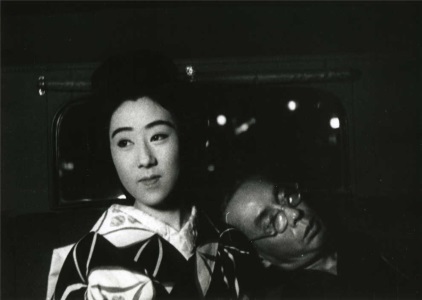
O-Mocha is a great film character - westernized
and educated in a public school as opposed to her sister. She is cynical,
bitter, hates the life she leads and declares to her sister that men are
the enemies. Later she cries "Why do there have to be such things as geishas".
She is also a wonderful manipulator and drives the narrative as she plays
with men like spinning tops. She persuades Kimura who is a clerk in a fancy
kimono shop to make one free for her sister so that she can go to a large
party where geishas will tend to the men. She next works cleverly to get
her sister a new patron - then when the boss of Kimura comes over to chastise
her, she uses sweet words like a sorceress to bring him into her circle.
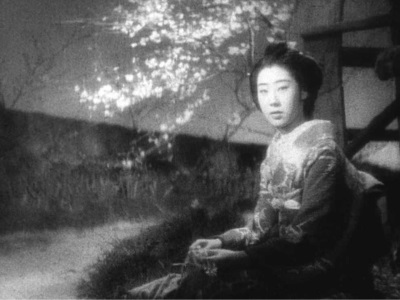
But this is the life of lower-class geishas
and society has a way of taking away whatever they manage to grab. Still,
one senses, that though they are beaten down, they will keep coming back
because geishas are tough and resilient. And there is always hope for the
next time. A terrific film - comic at times and heartbreaking at others.
The existing copy runs about 70-minutes but it seems that there are lost
scenes that would take it to 95-minutes, but it doesn't feel as if anything
is missing. -





